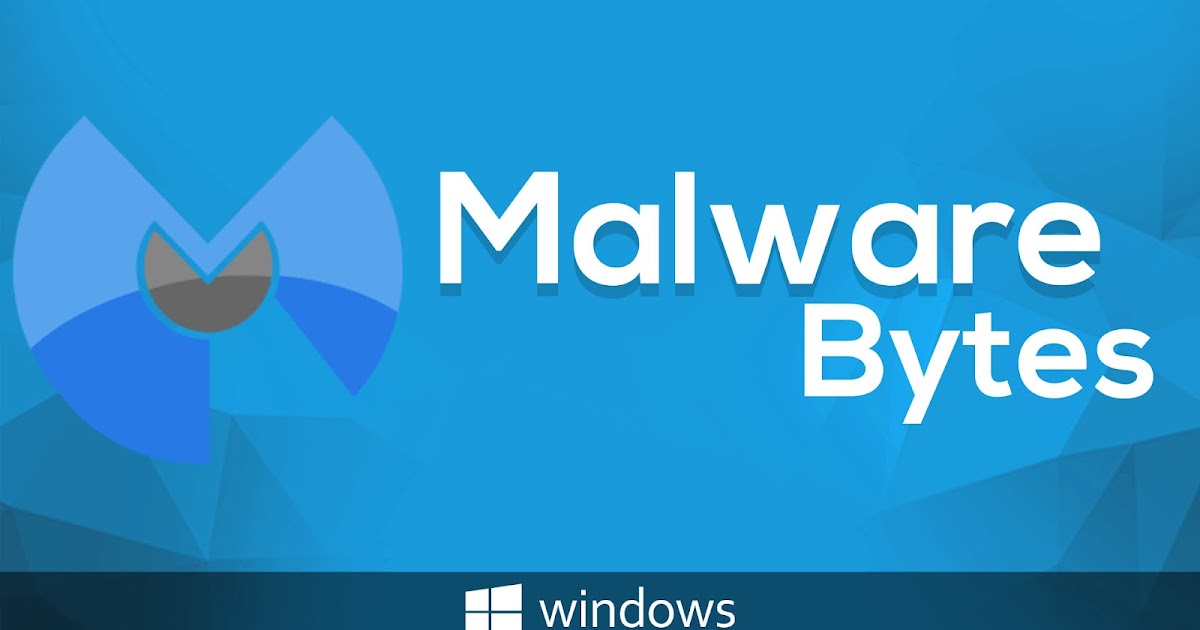
However, some of these features are only for premium users using the software’s paid version. The left side panel also consists of a settings option that contains different functions like scan schedules, application, protection, exclusions, and account details, among others. For detailed information about the recent scans, you can refer to the Reports tab. Items that you find under Quarantine are usually suspected programs that Malwarebytes Anti-malware separates. All the whitelisted programs fall under Exclusions and you can update them anytime. The Scan category gives users the option to run a normal threat scan or opt for a custom scan. On the left side of the interface, you’ll find four different categories including, Scan, Exclusions, Quarantine, and Reports. There are also indicators showing the date and time of the last scan, as well as any latest updates. For starters, you have a prominent arrow pointing downwards to a Scan Now icon. See also here.Malwarebytes Anti-malware program comes with a streamlined dashboard that’s easy to navigate. So when $PRODUCT calls itself something other than an "anti virus" but does all the things, that an anti virus software does, it's probably still an anti virus software. Signatures have been used to detect viruses for ages and - in my estimate - make up for the biggest chunk of detected viruses in the wild. This includes: machine learning algorithms, bayesian classification based approaches, heuristic analysis, threat emulation, cloud delivered protection and so forth. different kinds of algorithms that look fancy to the untrained eye. All of these products detect malware in two ways: 1. How does this effect today's AV (anti virus) software? Not in the slightest.Īll of the products that are somewhat sophisticated come in different flavours, which typically involves different licensing types and mechanisms to import signatures.

There are already some posts on the topic of malware nomenclature. Virus and malware are used synonymously most of the time. These are marketing terms used by corporations to sell a product. There isn't really a difference between "anti malware" and "anti virus".


 0 kommentar(er)
0 kommentar(er)
